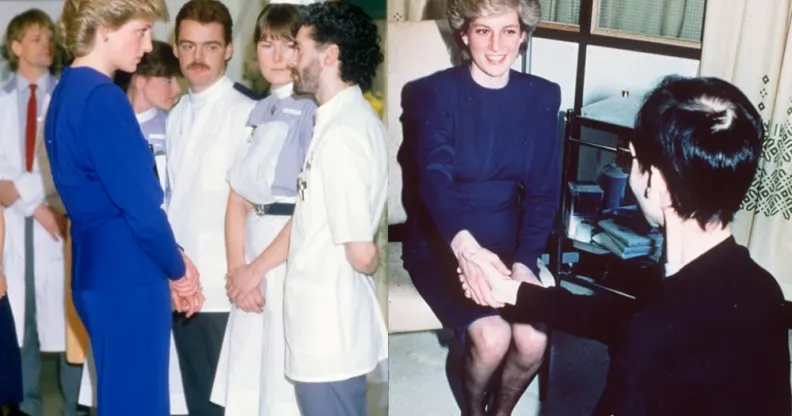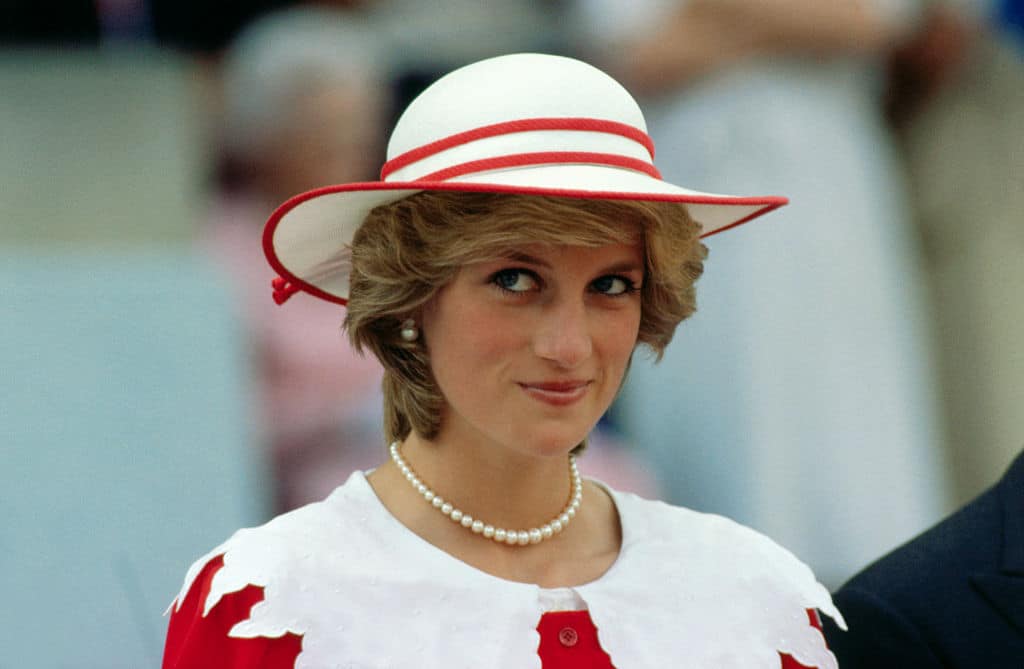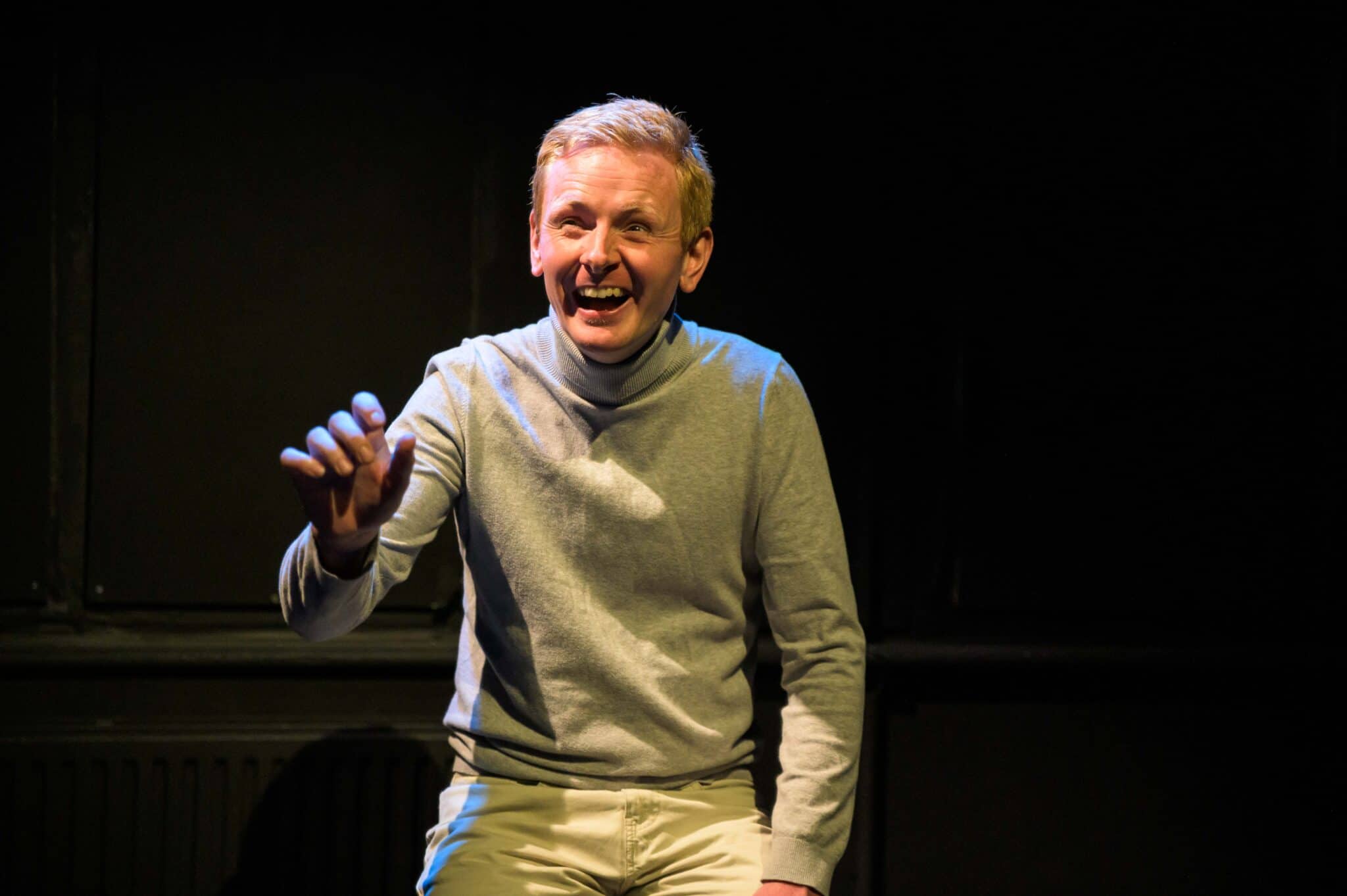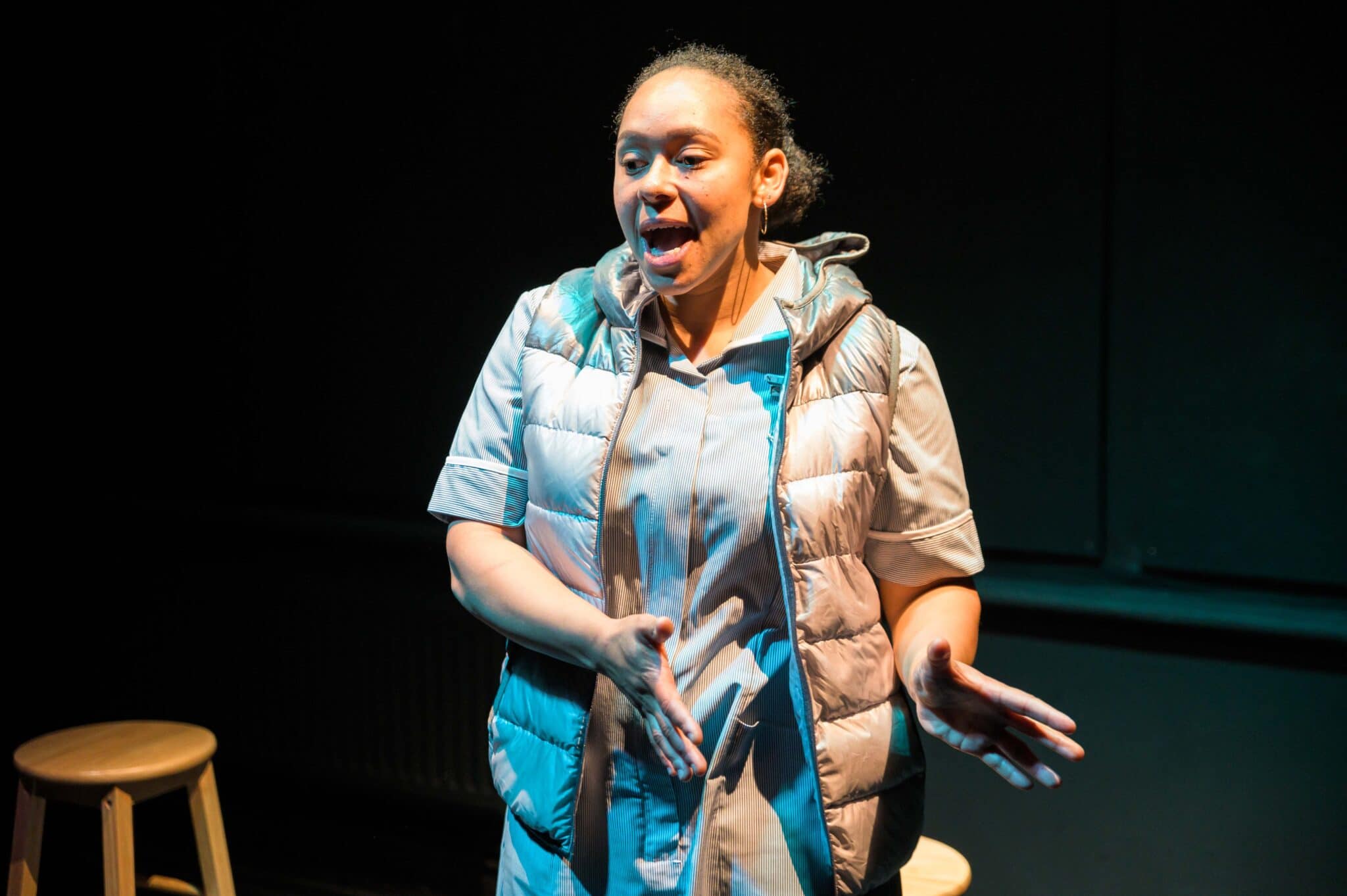True story of Princess Diana’s groundbreaking AIDS visit: ‘People were scared they’d be exposed’

Princess Diana made history when she opened an AIDS ward in 1987 and shook hands with an AIDS patient. (Anwar Hussein/Getty)
Bren Gosling sat down in 2018 with the intention of writing a one-act play, and immediately the image of Princess Diana holding the hand of a man living with AIDS flooded into his mind.
“I must have buried it away because I’d not thought about it in decades,” Bren tells PinkNews.
“It just came out. It’s such an important, seminal moment for the LGBTQ+ community particularly, for our collective history because she stood up in the face of all that s**t coming from the tabloids, from public figures. They were blaming gay men for this terrible disease that had come upon us and was spreading throughout the community.”
When Princess Diana turned up to open the UK’s first purpose-built AIDS unit at London’s Middlesex Hospital in 1987, she had a powerful opportunity on her hands. With one small, simple act, she helped shatter some of the stigma facing those with HIV and AIDS.
Bren’s play, Moment of Grace, explores the impact of this historical moment, informed by the personal testimony of those who were there.
For younger queer people, it’s difficult to understand just how monumental it was. The climate around HIV was profoundly hostile – misinformation about how the virus was spread was proliferating, many people were still convinced it was spread through skin-to-skin contact, and those with HIV were treated like lepers. That was exacerbated by high-profile public figures furthering the narrative that gay men were vectors of disease.
“There were major public figures, people like Mary Whitehouse who was the self-appointed guardian of public morals and [James Anderton], the police chief of Greater Manchester,” Bren says. Anderton famously said people with AIDS were living in a “human cesspool of their own making”.

Bren Gosling. (Bloomsbury Festival)
“Those sorts of people stirred up all this misinformation about AIDS,” Bren explains. “You couldn’t catch it from touching people. It was sexually transmitted, that was known quite early on, but there was this hostility growing which reached a crescendo around ’86, ’87, against gay men particularly because it was seen as a gay plague – something that was self-inflicted.
“Nobody really cared about us. Even within the community, gay men were so terrified that they would shrink from contact with people. There was such fear in the community which was fuelled by hostility from outside. We needed someone to stand up and say, ‘This isn’t right. Things need to change. Get your act together, these people need compassion and kindness.'”
At that time, Princess Diana was one of the most famous people in the world. She was a daily fixture in the newspapers, and she was one of those rare figures who seemed to be universally adored. Even those who didn’t like the monarchy – and there were many in the LGBTQ+ community who weren’t in favour – had a soft spot for Diana.
“She was an icon, and to some extent she was a gay icon,” Bren says.

Princess Diana. (Getty)
When it was announced that she would officially open the new AIDS ward, there was a flurry of activity. Those on the ward knew just how much attention her visit would generate, and they were naturally afraid of what that could mean for them. Through his research, Bren learned that only one AIDS patient was willing to shake hands with her – and he did so on the condition that his face wouldn’t be visible.
“Some of the patients actually wanted to be moved completely off the ward because they were so scared that they’d be exposed,” Bren says. “Even some of the nursing staff were concerned.”
There was a degree of trepidation about Princess Diana’s visit, but the impact was monumental – and it was swift, too. Because she was so famous, the handshake quickly rebounded around the world, appearing in newspapers and on television screens.
“It did start a sea change in the way people perceived people with HIV and AIDS,” Bren explains.
It’s been 25 years since Princess Diana died in a car crash in Paris, but she’s still remembered fondly within the LGBTQ+ community today. That handshake in 1987 is a big part of the reason queer people still worship her legacy, Bren says – she showed empathy to gay men in an era when few were willing to do so. He learned just how much that meant to people when he interviewed AIDS survivors and doctors who had the chance to meet her while researching for his play.

James Taylor-Thomas as Andrew in Moment of Grace. (Edward Baxter)
“They all said that she had this incredible natural humanity about her,” Bren says. “She had an ability to empathise immediately with people who were suffering and to put them at ease. She was catapulted from being a young girl into this ‘Firm’, the royals, and she had quite a tough time as we later found out. I think it was her way of reconnecting with ordinary people and showing she could make use of that power she had in that position. And she did become a gay icon after that obviously because it was very impactful what she did.”
Today, the outlook for people diagnosed with HIV is very different to what it was in the 1980s. Antiretroviral treatment means that those with the virus can live long, healthy lives, and PrEP (pre-exposure prophylaxis), when taken daily, prevents a person from contracting HIV even when they’re exposed.
I think it’s important to pass on some kind of baton between the generations.
Perhaps most remarkable of all is that those living with HIV who are on effective treatment can’t pass the virus on.
While much has changed, Bren – who is living with HIV himself – thinks it’s important we still remember what it was like for the last generation. For gay men who lived through that time, HIV and AIDS defined much of their early adulthood. The stigma they faced was relentless, and all the hate directed at queer people in that era is intimately connected to the anti-LGBTQ+ hatred we see proliferating today.

Narisha Lawson as Jude in Moment of Grace. (Edward Baxter)
“I think it’s important to pass on some kind of baton between the generations,” Bren explains. “It’s so important to remember what went before, because they were such difficult times. We’ve come a long way but I think there’s obviously other things we need to focus on today.”
He continues: “The trans issue is obviously very important and very big. Acceptance is still a problem for many people, and not just in our community – even for women with abortion in America, which is shocking. So it’s important that we still have heroes and heroines that stand up, public figures that say, ‘No, enough is enough,’ but it’s also important that smaller, quieter individuals do that too.”
Bren is hopeful that audiences will come and see Moment of Grace and learn a thing or two about their history – but he also wants it to give people a sense of just how influential smaller acts of kindness can be.
“It’s not a misery play and it’s not a purely historic play,” he says. “Audiences will come and learn something about that day and our history, but they’ll also get an idea of how things have changed.”
Moment of Grace runs at the Hope Theatre in Islington from 28 June to 16 July.

